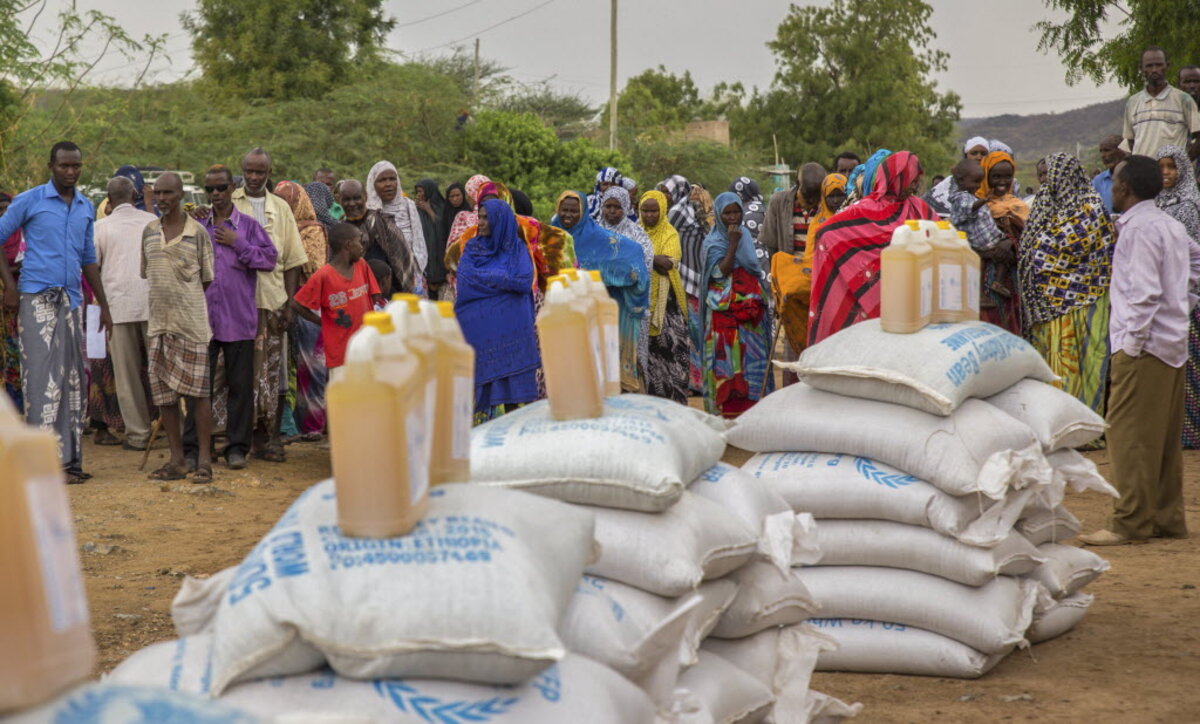As droughts expand, so must quenching reforms
Loading...
In the run-up to the first World Humanitarian Summit next week, the UN secretary-general, Ban Ki-moon, made a point of visiting Ethiopia. Three decades ago, that country in the Horn of Africa was the scene of one of the world’s worst famines, prompting a global response, including the Live Aid campaign by pop singer Bob Geldof.
This year, with Ethiopia again facing a drought because of the effects of El Niño, the United Nations chief came to praise Ethiopia. It is making big improvements in meeting the water needs of its people, such as planting trees near farmland and creating community associations in rural areas.
Water may not be at the top of the agenda at the UN summit. The Mideast refugee crisis will draw more attention. But it should be. Almost a quarter of humanity now lives in countries with water scarcity. And climate change, along with El Niño, is putting more countries, from Asia to Latin America, in water-crisis mode. The number of major droughts globally is now 32, up from 15 a decade ago, according to the UN.
Ethiopia’s progress shows the possibility of countries creating new resilience after a weather-related disaster. That point was made by the World Bank in a new report on what it calls “the global water challenge”:
“The future will be thirsty and uncertain, but with the right reforms, governments can help ensure that people and ecosystems are not left vulnerable to the consequences of a world subject to more severe water-related shocks and adverse rainfall trends.”
The World Bank calls for a “radical rethinking” about the stewardship of water resources. In short, countries must increase supply, reduce demand, and “climate proof” their water-related investments from natural hazards. This is necessary because the global food system will require 40 to 50 percent more water in coming decades, mainly as population grows and more people eat meat.
Countries that become more water savvy can also help their economy. As the bank’s report notes: “When governments respond to water shortages by boosting efficiency and allocating even 25 percent of water to more highly-valued uses, such as more efficient agricultural practices, losses decline dramatically and for some regions may even vanish.”




